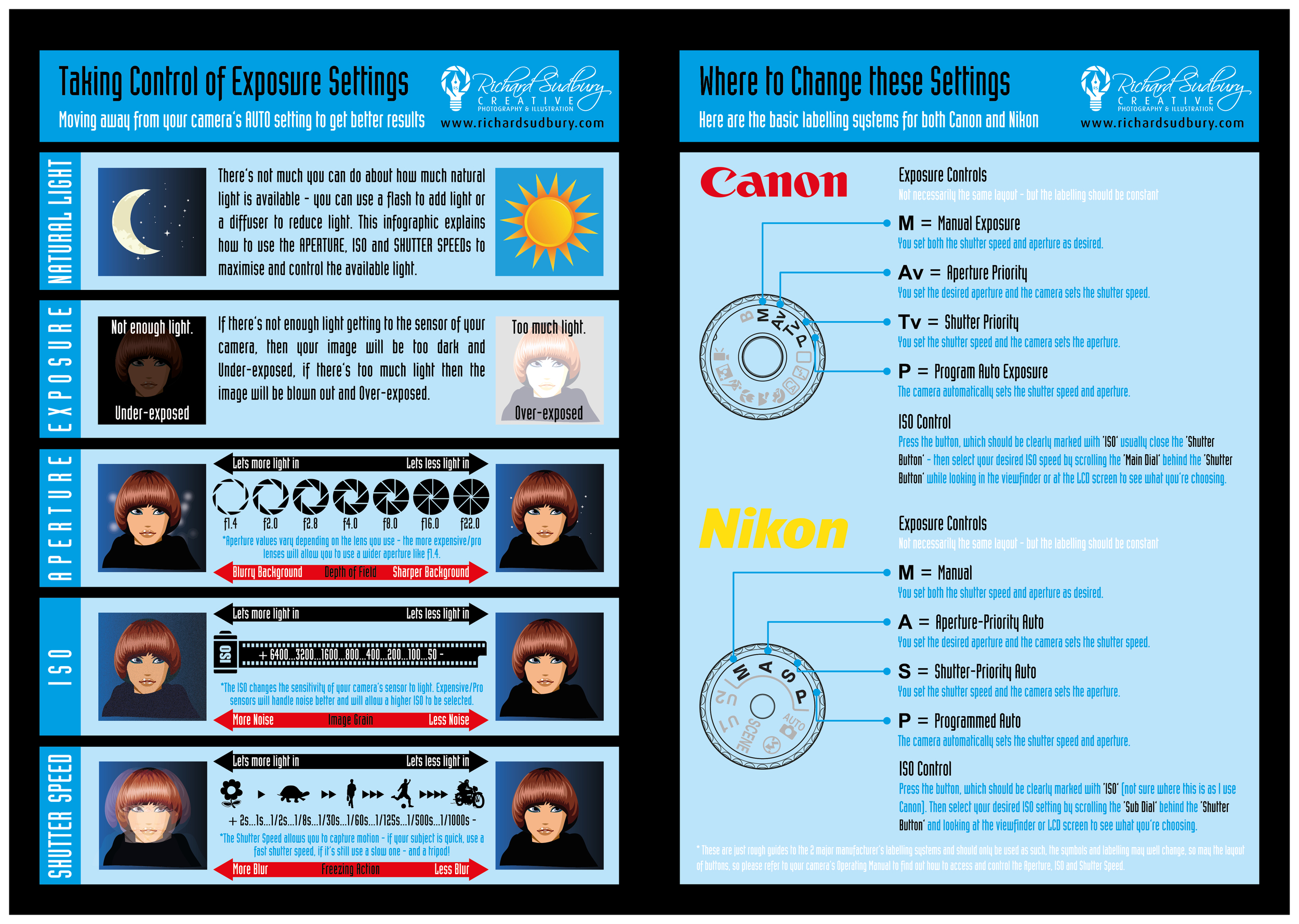What Every Digital Photographer Ought To Understand About Lighting
What Every Digital Photographer Ought To Understand About Lighting
Blog Article
Composed By-Rogers Riddle
As a photographer, you know that lights can make or break your pictures. Understanding the subtleties of both natural and artificial light is crucial for capturing the state of mind and clarity you go for in your job. Whether Recommended Webpage chasing after the ideal golden hour glow or fine-tuning your synthetic setups, grasping these elements can raise your photography significantly. But there are common pitfalls that numerous neglect, and identifying them can change your technique to every shoot. Let's explore what you may be missing out on and how it can impact your outcomes.
Comprehending All-natural Light
Recognizing all-natural light is critical for any professional photographer wanting to enhance their work. It's the structure of fantastic digital photography, influencing state of mind, tone, and clearness. When you shoot outdoors, focus on the moment of day. The golden hour-- shortly after sunup and before sunset-- supplies soft, warm light that can change regular scenes into stunning images.
Don't underestimate the power of cloudy days. Cloud cover diffuses sunlight, creating a soft, even light that's best for pictures and macro photography. You'll discover shades pop in this sort of illumination without harsh shadows.
Placing matters, also. Constantly consider your subject's orientation to the light. If the sunlight's behind your topic, you may wind up with a shape, which can be remarkable but mightn't be what you desire. Alternatively, direct sunlight can create uncomplimentary shadows.
Explore angles; in some cases, altering your viewpoint can generate outstanding outcomes. Use all-natural reflectors, like water or sand, to bounce light onto your subject, including dimension.
Learning Artificial Light
Grasping artificial light is necessary for professional photographers that intend to take their skills to the following level. Whether https://www.liveinternet.ru/users/berry_whitfield/post509045183 making use of speedlights, studio strobes, or continuous lights, understanding just how to adjust these resources can substantially boost your pictures.
Beginning by familiarizing on your own with the fundamentals of light quality, instructions, and shade temperature level. Try out different modifiers like softboxes, umbrellas, or grids to regulate the softness or violence of the light.
You'll discover that soft light usually creates flattering results, while harsher light can add dramatization and depth. Do not avoid shadows; they can enhance the three-dimensionality of your topics.
Pay attention to the placement of your lights. A light located too near to your topic can create uncomplimentary results, while too away can lead to a lack of information. Use a light meter or your camera's histogram to ensure you're subjecting correctly.
Last but not least, remember that fabricated light can be mixed with ambient light for creative results. Balancing these resources could take method, once you grasp it, your digital photography will truly beam.
Techniques for Different Circumstances
When you enter various shooting situations, adapting your lights strategies is essential for capturing the best pictures. For outside pictures, utilize the golden hour-- morning or late afternoon light-- to soften darkness and enhance skin tones.
If it's a rough midday sun, take into consideration making use of a reflector to bounce light back onto your subject or look for shaded areas for an extra even exposure.
In low-light scenarios, like interior events, increase your ISO and utilize a broad aperture to let in more light. A tripod can help remove electronic camera shake, enabling longer direct exposures without obscuring.
If you're contending evening, explore off-camera flash to produce dynamic lighting and deepness in your images.
For item digital photography, make use of diffused illumination to avoid extreme representations. Softboxes or light tents can assist achieve this impact.
When photographing landscapes, consider the direction of light and time of day, as it can drastically alter the mood of your shot.
Constantly prepare to change your settings and placing based upon the circumstance, as flexibility is key to grasping lights in digital photography.
Conclusion
Finally, grasping lighting is crucial to boosting your digital photography skills. Welcome all-natural light's elegance during gold hour, and don't avoid trying out fabricated light strategies. By adjusting your method to different situations, you'll capture sensational photos that reverberate with emotion and quality. Executive headshots near me in mind, the right lights can change a regular shot into something phenomenal, so keep exercising and fine-tuning your understanding of both all-natural and artificial light. Satisfied capturing!
